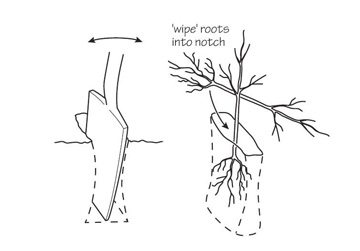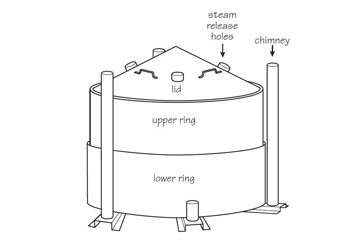Learn how to manage traditional British and Irish woodlands, and to create new woods and manage associated habitats.
This handbook covers all aspects of woodland management and creation. It is designed for use by conservation volunteers and others interested in the management of traditional woodlands in north west Europe.
It contains everything you need to know about woodlands – the history of woodlands in the UK, traditional management techniques as well as their composition and conservation value. Loads of information about planting, early care, coppicing, felling, extraction, green woodworking and charcoal making and much more.
The wildlife and landscape value of nearly all our remaining woodlands is dependent on the interaction between people and natural processes. The traditional management of ancient coppiced woodlands, wood pastures and areas such as the New Forest has been vital in creating and maintaining their special qualities.
What to expect
Woodland subjects
Background info

Loads of background information – woodland history, conservation, the law, flora and fauna, safety, tools and equipment.
Managing a woodland

Clear, step-by-step instructions on all aspects of woodland management – habitats, tree planting, coppicing, felling and much more.
Woodland products & use

Comprehensive details about coppicing, firewood, green woodworking, charcoal making, woodland habitats, access, recreation and so on.
Woodlands: a practical handbook – chapters
The original, printed TCV handbook “Woodlands, a practical handbook” contained 205 pages. Every one of these pages is included in these digital versions.
What is in the handbooks?
Step by step
All the processes in the handbooks are explained in easy to follow language, using step-by-step guides that are ideal for all levels.
Clearly Illustrated
Over 2,000 helpful illustrations accompany the text, adding clarity.
Comprehensive
The handbooks cover all the topics you need to improve your skills and knowledge.
Definitive
Written by conservation experts, the handbooks are highly valued by users across the conservation sector.




